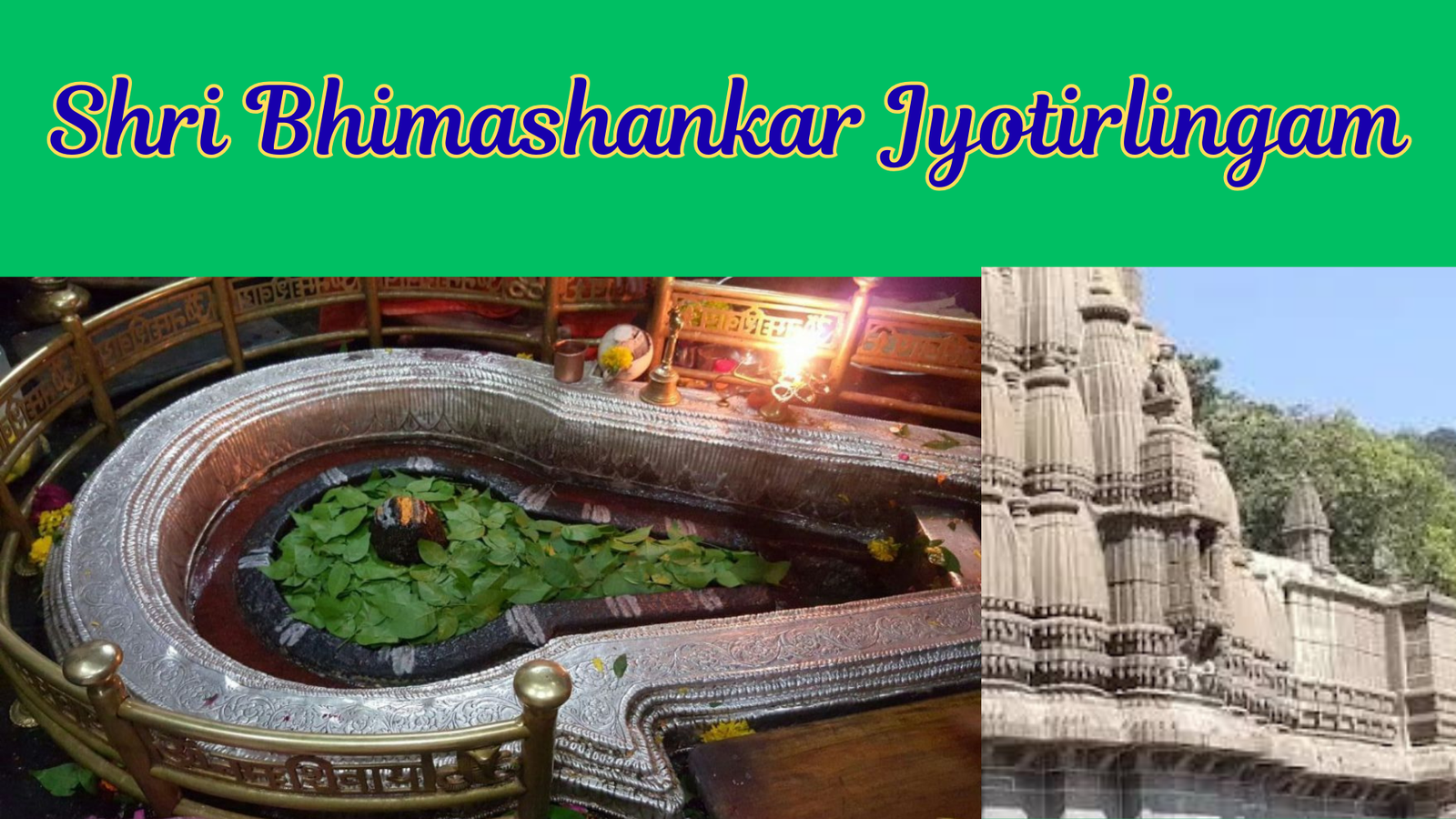Shri Bhimashankar Jyotirlingam Grants Spiritual Peace
Among the twelve sacred Jyotirlingas of Lord Shiva, the Shri Bhimashankar Jyotirlingam holds a special place in the spiritual map of India. Nestled amidst the lush greenery of the Sahyadri Hills in Maharashtra, this temple is not only a religious destination but also a haven for nature lovers and trekkers.
Devotees believe that a visit to this temple absolves all sins and grants spiritual peace.
This comprehensive guide explores the history, mythology, architecture, travel tips, rituals, and spiritual significance of Bhimashankar Jyotirlingam, helping both pilgrims and tourists experience the divine essence of this holy site.
The Legend of Shri Bhimashankar Jyotirlingam
The origin of the Bhimashankar Jyotirlingam is tied to an ancient tale from the Shiva Purana. According to the legend:
The Story of Demon Bhima
The demon Bhim, the son of Kumbhakarna (Ravana’s brother) and Karkati, performed severe penance to gain immense power. He harbored deep hatred for Lord Vishnu, as Vishnu had killed his uncle Ravana. After receiving a boon from Brahma, Bhim began tormenting sages and devotees, especially targeting Lord Shiva’s followers.
To protect his devotees and uphold dharma, Lord Shiva manifested in his fierce Rudra form and annihilated the demon Bhima. After this divine intervention, the Shiva Linga appeared at the site, which later came to be worshipped as the Bhimashankar Jyotirlingam.
This Jyotirlinga is considered Swayambhu (self-manifested) and is believed to radiate divine energy.
Also read: Shri Vaidyanath Jyotirlingam: A Complete Guide to the Sacred Shiva Temple
Spiritual Significance
The Bhimashankar Jyotirlingam is revered for its powerful healing energies and deep spiritual vibrations. Pilgrims believe that:
- Worshipping Bhimashankar removes sins and grants salvation (moksha).
- The linga represents the fusion of calm and fierce aspects of Lord Shiva.
- Performing Abhishekam here pleases Shiva, especially on Mondays and during Maha Shivratri.
The temple is also one of the five Jyotirlingas in Maharashtra, making it a part of the sacred “Panch Jyotirlinga Yatra.
Location and Geography
State: Maharashtra
District: Pune
Exact Location: Bhorgiri village, near Khed Taluka, around 110 km from Pune and 220 km from Mumbai
Altitude: 3,250 feet above sea level
Coordinates: 19.0707° N, 73.5519° E
Surrounded by dense forests and the source of the Bhima River, the location offers a blend of serenity, adventure, and spirituality.
The temple is located in the Bhimashankar Wildlife Sanctuary, making it ideal for nature walks, bird watching, and eco-tourism.
Architecture and Temple Structure
The Bhimashankar temple is an exquisite blend of ancient Nagara-style architecture and Maratha craftsmanship.
Features Include:
- Intricately carved pillars, shikharas, and temple walls
- The Garbha Griha (sanctum sanctorum) houses the self-manifested Jyotirlinga
- A Nandi bull statue, Shiva’s vahana, is placed facing the linga
- Sculptures depicting stories from Hindu scriptures adorn the walls
The temple was restored during the 18th century by Nana Phadnavis, a Peshwa minister. Several additions were made under the Maratha rule, preserving the temple’s spiritual and artistic legacy.
Timings and Rituals
Darshan Timings:
Morning: 4:30 AM to 3:00 PM
Evening: 4:00 PM to 9:30 PM
Daily Pujas and Rituals:
1. Kakad Aarti (early morning): Starts around 4:30 AM
2. Abhishekam: Devotees offer water, milk, honey, and Bilva leaves
3. Naivedyam: Food offering to the deity
4. Maha Aarti (evening): A soulful experience filled with chants and bells
Special pujas are conducted on Mondays, Pradosham days, and during the Shravan month.
Major Festivals Celebrated
1, Maha Shivratri
The grandest festival at Bhimashankar attracts thousands of devotees who perform Jagran, Abhishekam, and fasting.
2. Shravan Maas
The auspicious month dedicated to Lord Shiva, with special pujas every Monday and long queues of pilgrims.
3. Kartik Purnima
Marks the celebration of Shiva’s divine energy with night-long festivities.
How to reach Shri Bhimashankar Jyotirlingam
By Air
Nearest Airport: Pune International Airport (110 km)
Taxis and shared cabs are available to reach Bhimashankar
By Train
Nearest Railway Station: Pune Junction
From Pune, take a cab, local bus, or hire a private vehicle
By Train
Well connected via Pune–Nashik Highway (NH 60)
Frequent buses from Pune, Mumbai, Nashik, and Ahmednagar
Driving route from Mumbai: via Panvel – Chakan – Rajgurunagar – Bhimashankar.
Trekking and Eco-Tourism
For adventure seekers, the Bhimashankar Trek offers a thrilling experience:
The Trek starts from Khandas village
Duration: 4-6 hours (moderate to difficult level)
Best time: July to February (avoid peak monsoons for safety)
Trek through lush green forests, misty hills, and — culminating at the divine temple is a rewarding spiritual adventure.
Accommodation Facilities
Pilgrims have several options for staying near the temple:
1. MTDC Guesthouses
Run by the Maharashtra Tourism Department, offering basic amenities
2. Temple Trust Accommodation
Simple, clean rooms are available at affordable rates
3. Private Hotels and Lodges
Options available in nearby villages like Ghodegaon, Rajgurunagar, and Manchar
Note: Book accommodation in advance during festive seasons or weekends.
Nearby Attractions
1. Bhimashankar Wildlife Sanctuary
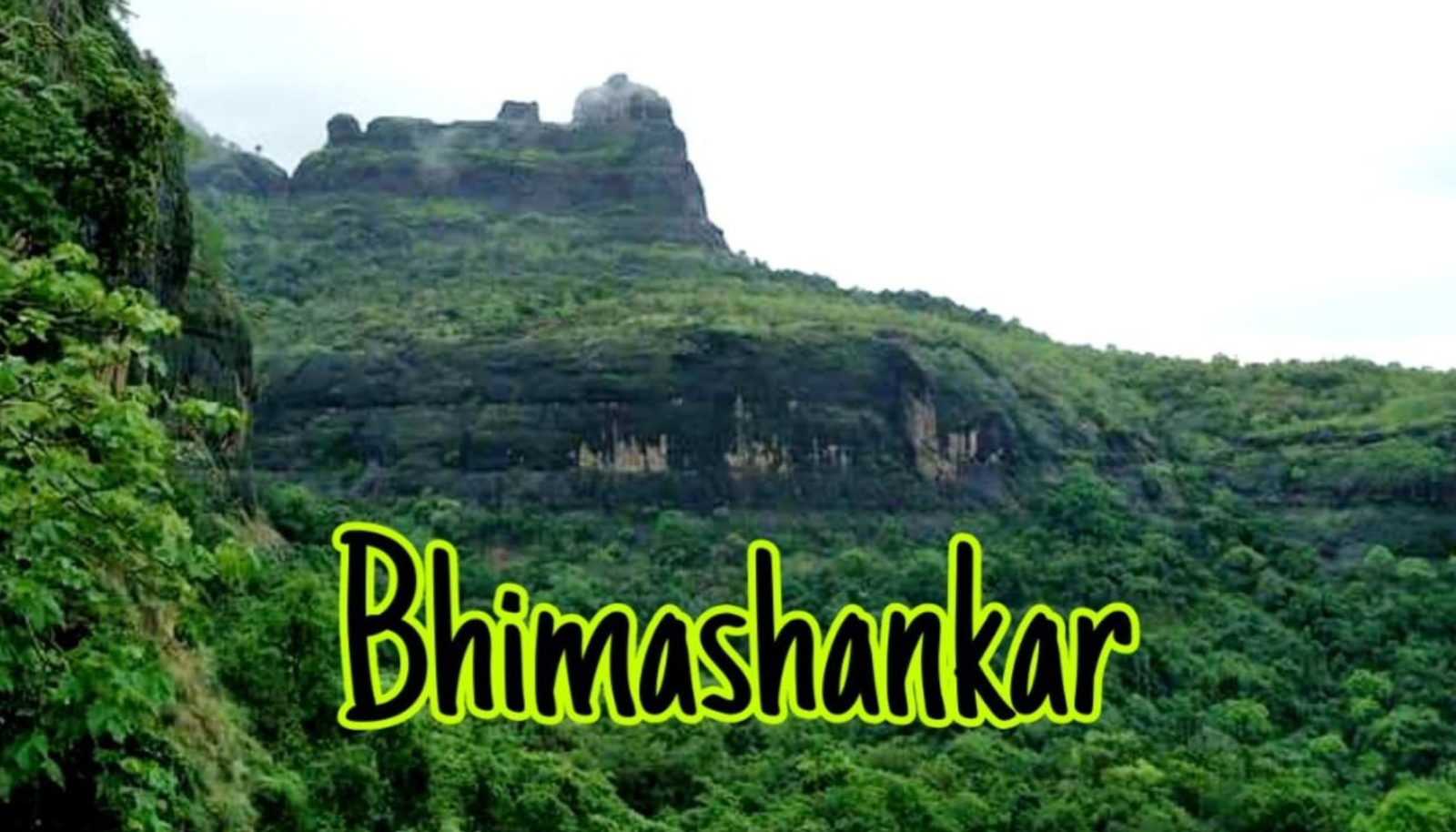
Home to the Indian Giant Squirrel (Shekru), leopards, deer, and over 200 bird species.
2. Hanuman Lake
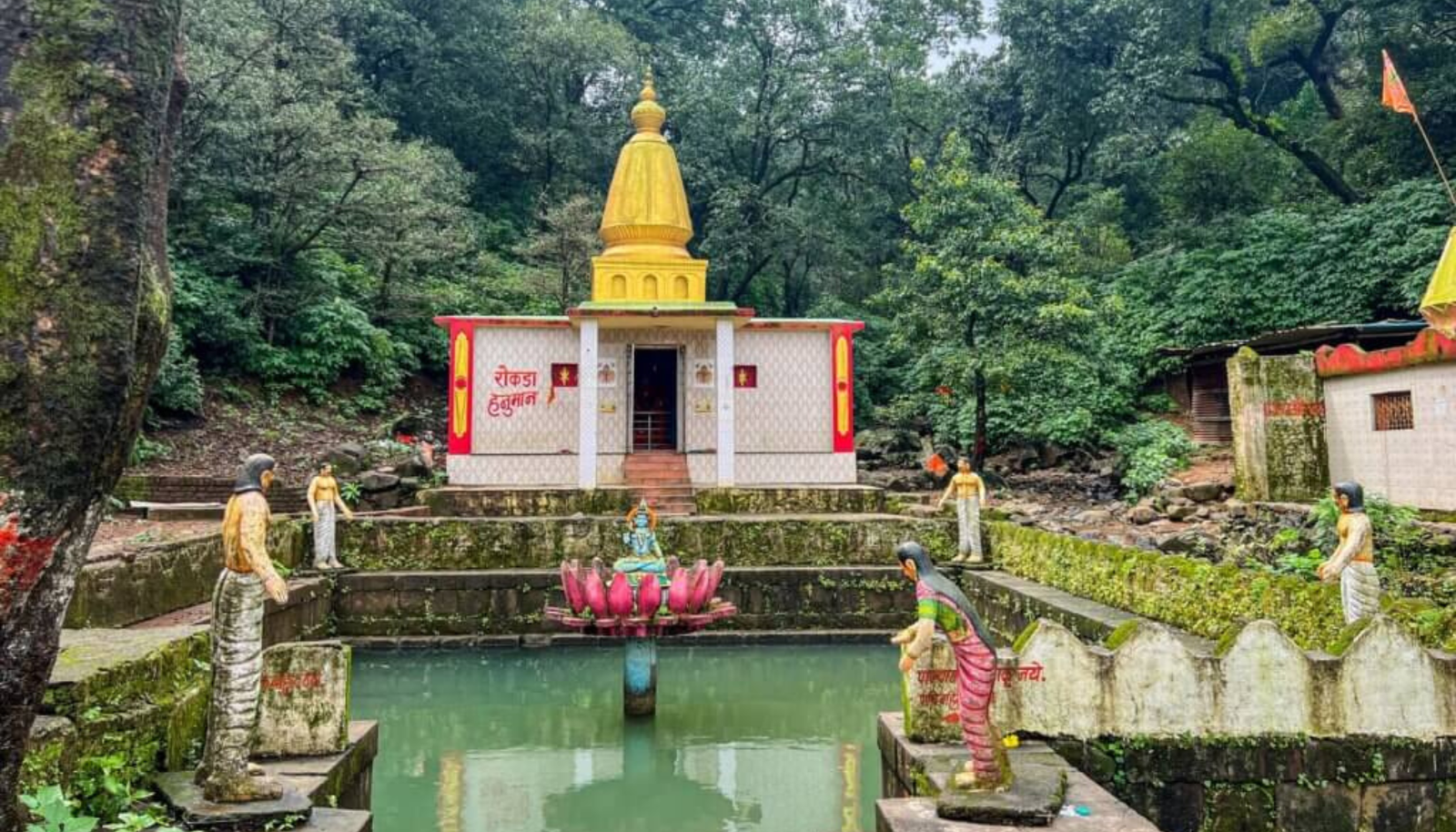
This Peaceful location is ideal for family picnics and bird watching.
3. Gupt Bhimashankar
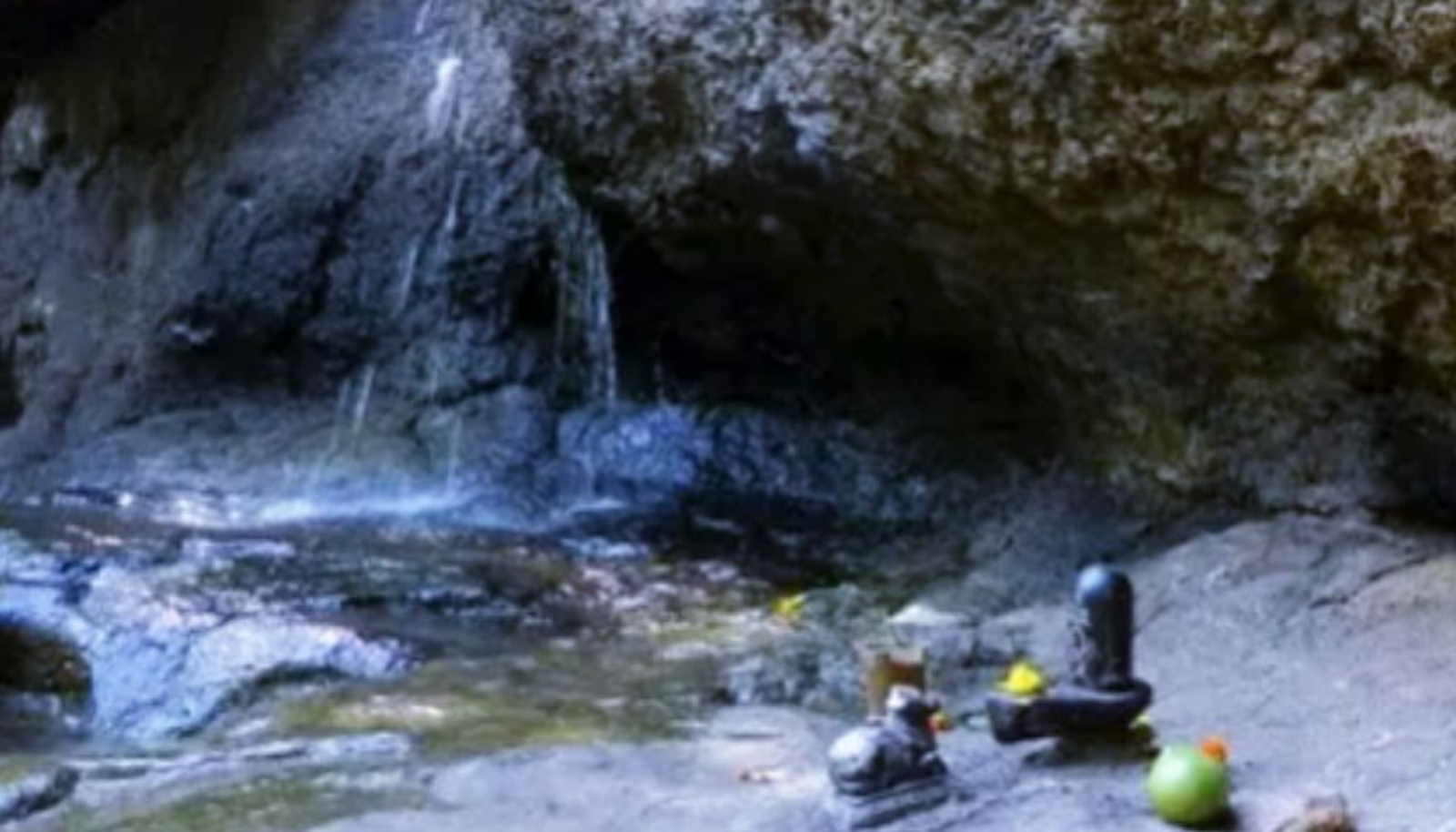
A hidden shrine amidst the dense forest, believed to be the original source of the Jyotirlinga.
4. Bombay Point & Nagphani Point
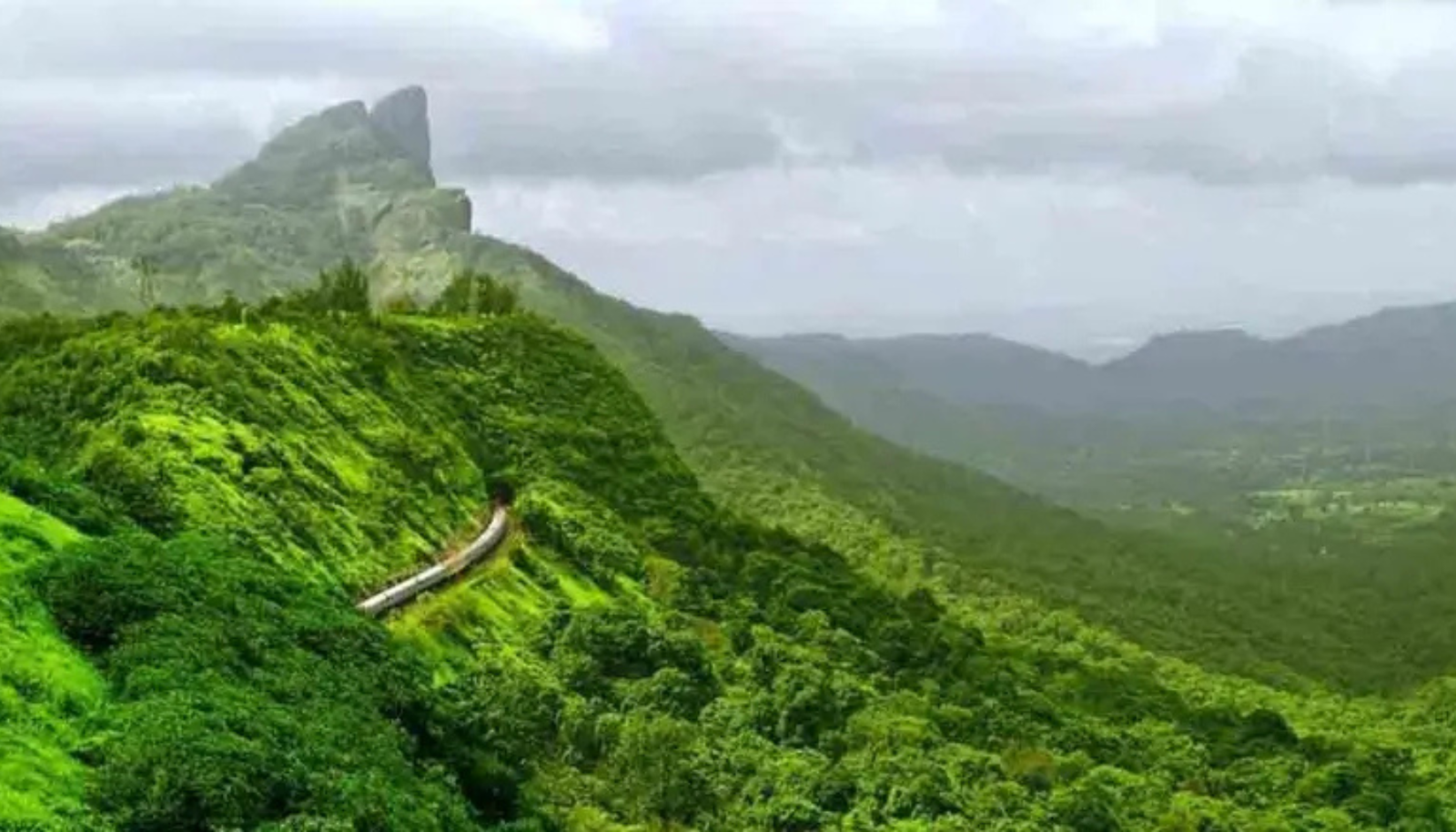
Popular viewpoints offering panoramic views of the Western Ghats.
Travel Tips for Devotees
Wear comfortable footwear and carry light woolens (even in summer, it can be cool).
If trekking, carry water bottles, snacks, torchlights, and a first-aid kit.
Avoid plastic and support eco-friendly tourism.
Respect local traditions and avoid photography inside the sanctum.
Unique Facts About Bhimashankar Jyotirlingam
The Bhimashankar temple is believed to be the source of the Bhima River, a tributary of Krishna.
It is also considered the sixth Jyotirlinga among the twelve sacred Shiva temples.
The temple lies within the Western Ghats, a UNESCO World Heritage Site for biodiversity.
Bhimashankar is mentioned in ancient Hindu texts like Shiv Puran and Koti Rudra Samhita.
Best Time to Visit
July to February is ideal due to pleasant weather and scenic beauty.
Avoid the peak monsoon season for safety during trekking.
For spiritual experience, visit during Shravan Maas or Maha Shivratri.
FAQ
Q: Is Bhimashankar safe for solo travel or women travelers?
Yes. It’s a safe destination with plenty of devotees, even during off-season. However, basic safety precautions should be followed, especially during trekking.
Q: Can I perform Abhishekam myself?
Yes. Devotees can perform simple Abhishekam rituals themselves or opt for temple priest services.
Q: Is there mobile network availability?
Basic mobile networks are available, but the /signal may be weak in forested and hilly areas.
Shri Bhimashankar Jyotirlingam is not just a temple — it is an experience of divine serenity, natural beauty, and spiritual awakening. Whether you’re a devoted pilgrim or a nature lover, the journey to this Jyotirlinga will leave you transformed.
From ancient myths to eco-tourism, and from spiritual rituals to thrilling treks, Bhimashankar offers a holistic and sacred escape into the heart of India’s spiritual geography.
So plan your trip, pack your bags, and set off on a soulful journey to one of Shiva’s most powerful abodes — Bhimashankar Jyotirlingam.
Follow svhubstuff for more curated travel and tourism updates!!


